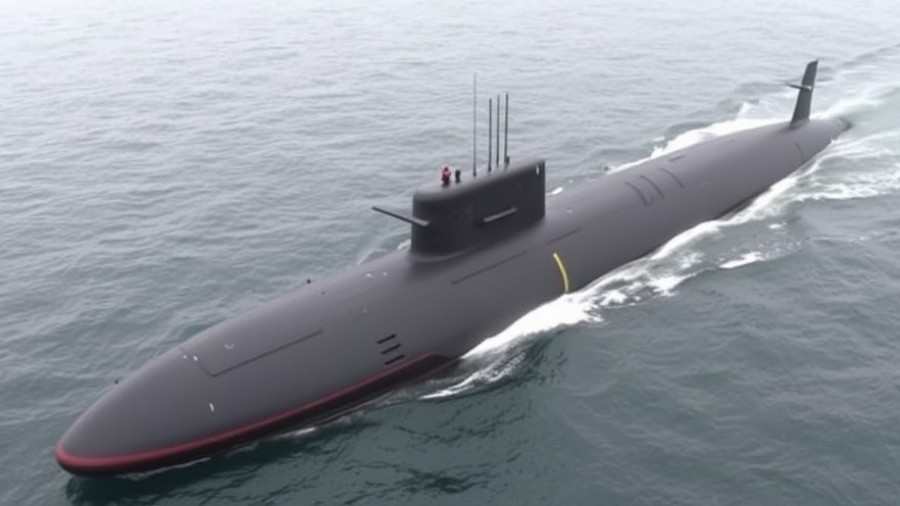
Understanding NATO’s New Spending Target and Its Implications
In an era that feels increasingly perilous, where global tensions continue to rise, NATO—The North Atlantic Treaty Organization—is facing pressures reminiscent of the Cold War. As the alliance prepares for its summit in The Hague on June 24-25, 2025, a proposed defense spending target of 5% of each member nation’s GDP is under discussion. This proposal is more than just a financial commitment; it’s a pivotal step in rethinking military readiness in response to geopolitical challenges.
Why 5% GDP Is a Game-Changer for NATO
The proposed 5% GDP target, split between direct military capabilities and civilian security investments, signifies a robust approach to modern defense. With Russian aggression and the repercussions of US military repositioning leading to a greater need for self-sufficient defense, NATO's members are urged to step up their investments. Norway and Sweden have quickly committed to this target, emphasizing a regional alignment with the alliance’s strategic objectives.
Unpacking the Investment Proportions
To dissect the 5% proposal, it consists of 3.5% directly allocated to military capabilities and an additional 1.5% for broader security investments. Norway’s Prime Minister, Jonas Gahr Støre, noted that this 1.5% could cover crucial costs such as infrastructure improvements, enhancing civil preparedness, bolstering energy security, and fending off hybrid threats. Understanding the comprehensive nature of these expenditures provides insights into what the future of defense investment might entail.
Leading By Example: Poland’s Defense Strategy
As of today, Poland’s 4.7% military spending represents an exemplary model within Europe. This commitment reflects an urgent and practical strategy in which Poland is rapidly acquiring military resources from diverse partners, notably the United States and South Korea. This procurement strategy emphasizes conventional arms and war materiel, ensuring that Poland fills operational gaps swiftly while preparing to tackle future challenges with advanced technologies.
The Impact of U.S. Military Withdrawal
The shifting focus of the U.S. military, particularly its pivot towards the Indo-Pacific, leaves European allies in a precarious position. NATO Secretary General Mark Rutte underscored that the current defense spending is not merely a financial maneuver but a necessary response to evolving threats. As the U.S. pulls back, maintaining robust defense budgets and capabilities within Europe becomes paramount.
Future Predictions: What Lies Ahead for NATO
The upcoming summit is set to reshape the landscape of NATO’s defense strategy significantly. A commitment to 5% GDP spending could herald a new era wherein Europe’s collective defense capabilities are fortified, lessening reliance on American assistance. However, achieving consensus among the member states will be crucial, raising questions around political willingness and logistical implementation.
Additionally, as NATO aligns its policies and military readiness with emerging threats—such as cyber warfare and hybrid attacks—the long-term implications could lead to a reinvigorated alliance, more united in purpose and preparedness.
Call to Action
In light of the unfolding geopolitical landscape, it's pivotal for citizens of Mississippi and beyond to stay informed about NATO's evolving defense policies. Understanding these strategies equips individuals with insight into global security dynamics and the influence of international relations on local safety. Consider engaging in community discussions or local universities that explore NATO strategies and implications for U.S. defense policy.
Staying educated can empower citizens to voice their perspectives on national defense and international diplomacy, thereby fostering a well-informed public dialogue on this critical subject.
 Add Row
Add Row  Add
Add 




Write A Comment